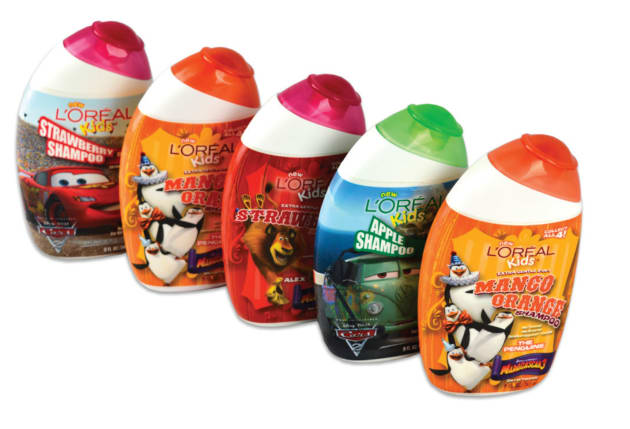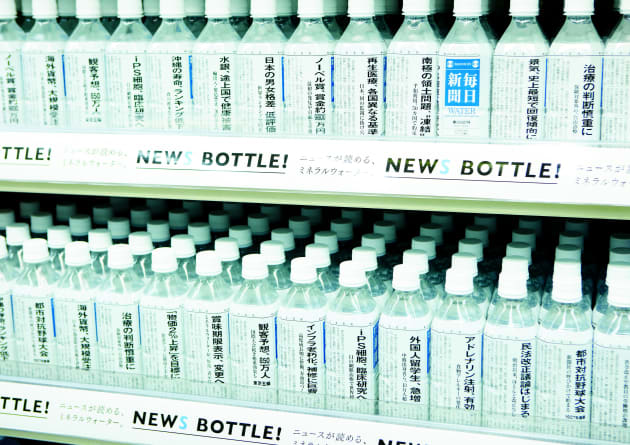The digital printing revolution is here and the conversation is just warming up. We asked a few key players to weigh in on the subject.
The cast, in order of appearance (from left):
Ryan Sharratt, operations manager, Schawk
Jason Beckley: Business Development Manager, HP SPAC
Mark Daws, GM Packaging and Labels, Currie Group
Damien Prunty, General Manager, Pemara
Q: What do you think the ‘digital revolution’ means for pack and label printing?
Ryan Sharratt: The discussion and journey of digital print for packaging is running along similar lines to when digital print for non-packaging first arrived. Conventional offset and web-based printers of collateral and display first questioned the quality of digital and its cost effectiveness. Also in question were the run length capabilities and purpose (will clients use and pay for the variable benefits?). I see much of this happening with packaging although the skeptics are fewer and quieter.
Jason Beckley: It means that packaging has the agility to act in real time, on both a global and very local level. It allows brands to create product design from the bottom up not the top down – in other words, you can now design the packaging to fit the product and the current promotion or campaign, for the right geography or targeted customer base. And it allows you to gain loyalty in a category where you haven’t been the first brand to market. Brands can gain ‘emotional credits’ with consumers through delivering a different and engaging user experience – packaging, the ‘brand in the hand’, is now a bigger part of that experience thanks to digital printing.
Mark Daws: Digital pack and label printing is now seen by brand owners as a vehicle for pushing the boundaries of packaging to make it part of the product experience. Brands want more variety and creativity in products; they want greater speed to market and flexibility in their lead times; minimal inventory and less waste. Digital print is a big part of the solution.
Damien Prunty: Given that digital printing and particularly the HP Indigo technology offers complete versatility and versioning capability, brands of all shapes and sizes now have an avenue to market directly to the individual consumer through packaging.
Q: How will digital printing impact the relationship brand owners have with converters and printers?
Damien Prunty: Digital printing allows creative dialogue between the brand owner and the printer in a way we haven’t seen before. A good, experienced packaging converter can add so much in the way of pack design and effectiveness. Add that to the experience of the brand owner and you have a powerful combination.
Ryan Sharratt: Digital does open the door for more creative campaigns and varied packaged products, so I would expect more involvement from brand owners in the process. Shorter, targeted and potentially more frequent campaigns are possible with digital printed packing allowing innovative brand owners to test and tweak changes and new lines. Increased client involvement with digital presents both challenges and opportunities.
Mark Daws: Those engaged in brand marketing are realising, as their traditional advertising budgets dry up, that packaging is one of the last remaining vehicles a brand can use to connect to the consumer. As more examples of successful digital printing campaigns hit the market, brand owners will be more open to engaging with printers on the possibilities that digital offers.
While the technology is developing quickly to drive growth, at the same time changes in the retail landscape and evolving consumer demands for customised product is also fuelling demand for the short run, fast turnaround, high quality and flexibility that digital offers. We think the market is ready for it, it’s a mature industry here, and certainly the run sizes demonstrate the need for a digital platform in this space.
Jason Beckley: Previously digital printing was a ‘mysterious domain’ and the brand owner did not get directly involved with the printer. Now, the nature of the digital printing process, which engages the designers, creative team and brand owner from the outset, means brand owners can become more involved in the design and print process and get a deeper understanding of the tools available to them. Innovative software like Mosaic is just one of many. The conversation is now about how the technology can become an enabler for an engaging campaign and adapting to the market’s requirements in a timely manner.
Q: What is holding brands back from embracing the vast scope of creative possibility digital offers? Cost?
Damien Prunty: It’s more a lack of understanding of digital capability that is holding many brand owners back than anything else. Yes, cost plays a part, but you need to understand the total cost of the project, not just the unit cost of the packaging, but more importantly how packaging can add value to the brand. Price will always be an influencing factor, but digital has more scope than most people think.
Jason Beckley: Cost is always a factor, but to obtain a true ROI you need to look at all factors in the process, from supply chain, waste management, to time to market and, most importantly, the consumer’s wants or needs. The checkout speaks volumes and increasing sales with innovative, ‘wow’ campaigns is the win-win situation. With digital and the level of ROI tracking available, brands can immediately identify if a campaign is successful and quickly pivot and ‘tweak’ a campaign direction of it’s not working. Digital isn’t a question of if. It’s a matter of how and when.
This is an edited version of an article that was previously published in a print issue of PKN (March-April 2016).









